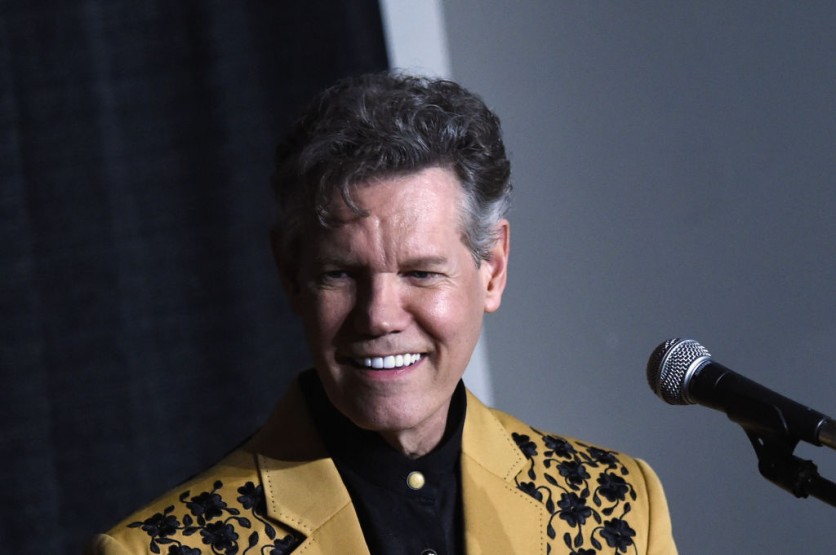In a pioneering AI music endeavor by Warner, Randy Travis regains his vocal presence with the release of "Where That Came From," marking his return to the music scene after a seven-year hiatus following a debilitating stroke in 2013.

Reviving Randy Travis' Voice Through AI
Country legend Randy Travis makes a remarkable return to the music scene with a groundbreaking experiment by Warner AI. His latest single, "Where That Came From," marks Travis' first release since his 2013 stroke left him unable to sing.
AI software and a surrogate singer were employed to recreate Travis' signature vocals for the song. Produced under the guidance of Travis and his longtime collaborator Kyle Lehning, the track evokes the nostalgic charm of Travis' classic hits, resonating with fans who grew up listening to his music.
The innovative process involved training an AI model with 42 vocal recordings of Travis, with fellow country artist James DuPre providing vocals to be transformed into Travis' distinct sound. In addition to its availability on YouTube, the track can be found on various streaming platforms such as Apple Music and Spotify.
Warner's Musical Innovation
Warner's initiative yields a mellow melody that encapsulates Travis' trademark laid-back style, rooted firmly in his baritone range, as reported by The Verge. It refers to the era of chart-topping hits reminiscent of the tunes often played during middle school dances.
While it may not embody the classic Randy Travis sound, it is a noteworthy addition to his repertoire, offering a pleasant listening experience. Operating the diverse facets of the There I Ruined It social media channels, Dustin Ballard employs a similar method to Randy Travis' team in concocting his AI voice parodies.
Some people might worry that songs like this or creations by Ballard could mean the end of human-made music. But they show us the opposite. They demonstrate the power of AI voice cloning when used by talented people. Whether you like the song or not, you must admit that making something like this takes skill and effort, not just a casual approach.
Warner Music Nashville Co-President Cris Lacy highlighted the distinction between AI voice cloning and authentic artist performances, emphasizing that the former often lacks the genuine essence of the artist it seeks to replicate. She said that Warner's use of AI to imitate Randy Travis's voice is a good use of the technology, calling it "AI for good." This means she sees it as a positive application of AI that can benefit people.
Also read : Can AI Replace Humans in the Music Industry? Here's What an Award-Winning Composer Has to Say About It
The release of Travis's song serves as a notable case demonstrating AI's potential to produce authentically resonated music. Yet, it also contemplates Warner's future strategies, especially considering its extensive library of recordings from renowned deceased artists.
This situation raises concerns about how we handle artists' legacy while also considering the potential profits from digital revival. While Travis's song stirs emotions, it makes us think about what this means for Warner Music Nashville and the music industry overall.
Related Article : Billie Eilish, Katy Perry, and More Than 200 Artists Write to AI Developers for Protection

ⓒ 2025 TECHTIMES.com All rights reserved. Do not reproduce without permission.




